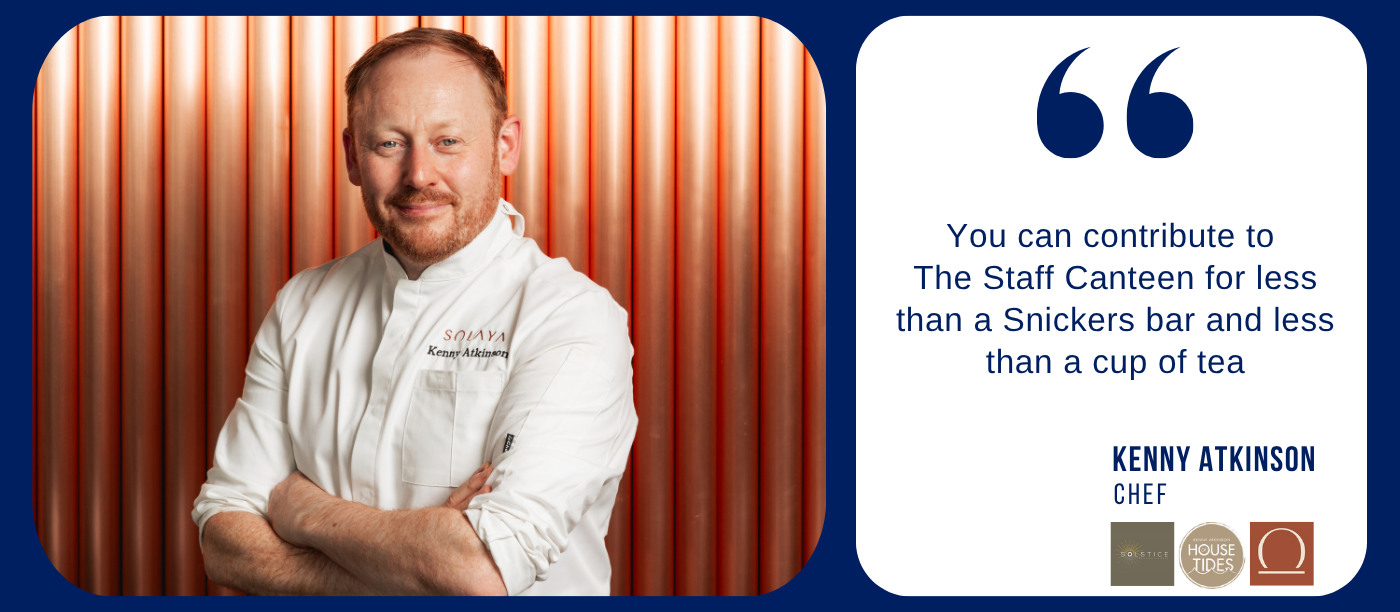 Shake Shack UK, the American street food inspired burger and milkshake outlet in Covent Garden, celebrated its first anniversary this month. The Staff Canteen caught up with culinary director, Mark Rosati, to find out how what started out as a New York hot dog cart has become an international brand with outlets across the globe and how it's trying to stay true to its street food roots.
Shake Shack UK, the American street food inspired burger and milkshake outlet in Covent Garden, celebrated its first anniversary this month. The Staff Canteen caught up with culinary director, Mark Rosati, to find out how what started out as a New York hot dog cart has become an international brand with outlets across the globe and how it's trying to stay true to its street food roots.
From New York to the world
Shake Shack began life little more than a decade ago as a single hot dog cart in Madison Square Park, New York. It was the brainchild of restaurateur Danny Meyer’s Union Square Hospitality Group (USHG). The cart, which was run from the kitchen of Meyer’s legendary Eleven Madison Park restaurant, proved an instant hit and for three summers drew huge queues. In 2004 USGH won a bid to host a permanent kiosk-style operation in the park selling hot dogs, burgers and milkshakes and the first Shake Shack was born.

Now there are 12 Shacks in New York alone with 15 more across the States and international outlets in London, Dubai, Istanbul, Lebanon, Moscow, and even Jeddah in Saudi Arabia. Shake Shack has been a big hit worldwide, adapting its take on classic American street food to local culinary scenes and traditions. The brand serves its frozen shake or ‘concrete custard’, for instance, with a baklava, banana and cinnamon caramel sauce in Istanbul, or a honey almond cake shake in Dubai. The Shack in Jeddah is the busiest in the world according to culinary director Mark Rosati. And it won’t stop there, particularly for the UK. “We always look to open between one and five Shacks depending on how big the city is,” says Mark, “so we’ve definitely got our eyes on opening more locations in London and the rest of the UK.”
Mark Rosati has such a sunny disposition and winning smile that he could be telling you he’s going

to open a string of sweat shops and you’d briefly consider the benefits. He is indeed the perfect front man for the kind of mid-western hospitality that is the soul of American fast food, the kind of warm personality that became hideously warped into the rigid death-smile of Ronald McDonald when big business took over the humble burger.
Anti fast food
It is just this sort of centralised corporate expansionism that Mark is keen to distance Shake Shack from. Yes they have become a global brand but their roots are still firmly fixed in local neighbourhoods and communities, he insists.
“We consider ourselves the anti-fast food,” he says. “Where fast food started to go awry back in the 60’s and 70’s was when it was made faster and more efficient and I think then we lost the human interaction which didn’t make it so great. In the 50’s it would be fun to get in a car and drive to a shack and sit down with family and friends and eat great food; we want to put that back in and make it a more human experience.”

This might be easy to say but when you’re expanding at the rate of five new countries a year, as Shake Shack did in 2013, the challenge to retain that local, human, non-Ronald-death-smile face surely becomes a more challenging balancing act?
“We never want to be sat at our computers in New York saying, ‘Okay… London… let’s see what we can do here. I know, let’s do a milkshake with the colours of the Union Jack flag,’” says Mark. “We always want it to feel like someone is from that town and that they opened it; that takes a lot of research.”
It’s this research that saw Mark spend most of last year abroad. In terms of London it involved sampling the local street food and culinary scene, an experience which threw up some pleasant surprises. “I thought, my God these are amazing,” he says his voice recalling the pleasure of the discovery of London’s burger scene. “It was probably the first time





















